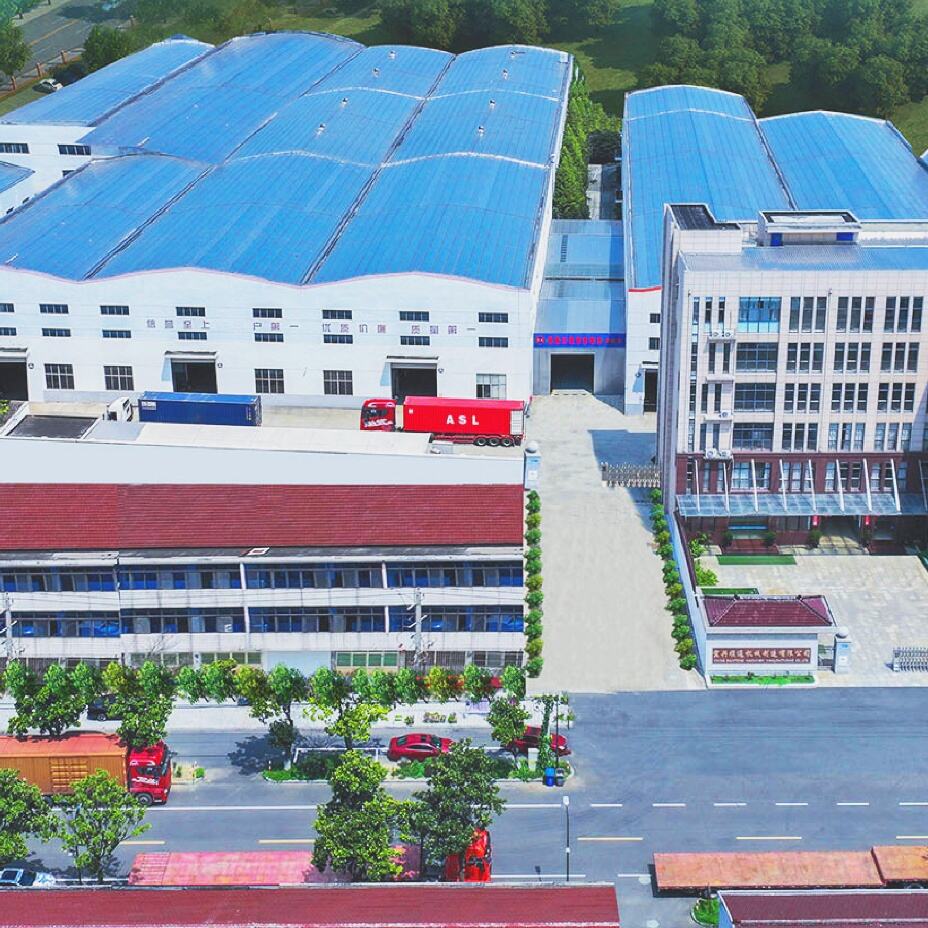Application Areas of Different Types of Wire Drawing Machines: Meeting Diverse Industrial Needs
Common types like dry wire drawing machines and wet wire drawing machines are workhorses in traditional industries, addressing basic wire processing demands. Dry wire drawing machines, which use solid lubricants, are ideal for producing low-carbon steel wires, black iron wires, and construction-grade rebars—materials widely used in building frames, concrete reinforcement, and ordinary hardware (e.g., nails, wire meshes). Wet wire drawing machines, by contrast, use liquid lubricants to cool and protect wires, making them suitable for processing non-ferrous metals like copper and aluminum. They are often used to make electrical wires for household cables and low-voltage power lines, where smooth wire surfaces and consistent diameter are critical.
High-precision types such as micro wire drawing machines and continuous wire drawing machines dominate high-tech and automotive sectors, catering to fine-wire requirements. Micro wire drawing machines can produce wires as thin as 0.01mm, making them indispensable for electronics manufacturing—they supply ultra-fine copper wires for printed circuit boards (PCBs), smartphone charging ports, and microchips. Continuous wire drawing machines, which integrate multiple drawing dies in a single line, support mass production of precision wires for the automotive industry. They are key to making thin-gauge wires for EV battery tabs, engine sensors, and wiring harnesses, where high efficiency and uniform wire quality directly impact vehicle performance.
Heavy-duty and specialized types like planetary wire drawing machines and multi-wire drawing machines serve niche and energy-focused industries, handling tough materials and high-volume needs. Planetary wire drawing machines use a rotating die system to process thick, high-tensile wires (up to 20mm in diameter), making them essential for renewable energy projects—they produce steel wires for wind turbine tower cables and solar panel support structures. Multi-wire drawing machines, which draw multiple wires simultaneously, are widely used in medical device and aerospace manufacturing. They efficiently produce multi-strand stainless steel wires for surgical sutures, orthopedic implants, and aircraft control cables, where both production speed and biocompatibility/aerospace-grade strength are required.

